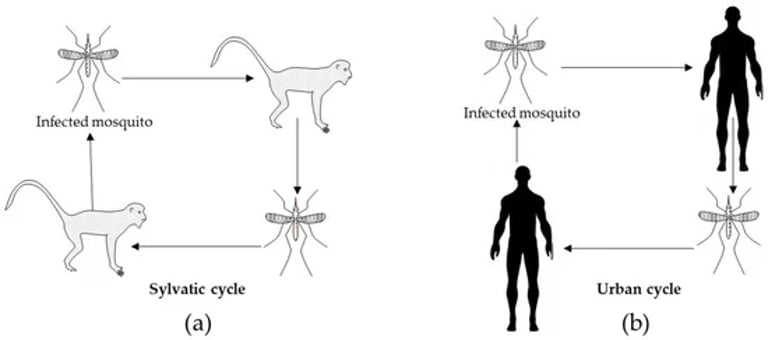Battling Mosquitoes: New Strategies and Natural Solutions to Combat Deadly Diseases
August 29, 2024
Mosquitoes are a major threat to human health, responsible for the transmission of diseases such as dengue, Zika, chikungunya, malaria, and yellow fever, which collectively result in over one million deaths annually.
The increasing prevalence of these diseases has brought mosquitoes into the spotlight, raising concerns about their impact on public health.
Aedes mosquitoes, particularly Aedes aegypti, are key vectors in the transmission cycles of arboviruses, which include dengue, Zika, and chikungunya, especially in tropical regions.
With most mosquito-borne diseases lacking specific treatments or vaccines, effective mosquito control is crucial for disease prevention.
Recent research has focused on innovative techniques to combat these diseases, including the release of sterile mosquitoes and genetic modifications.
Control strategies for mosquitoes encompass chemical, biological, and environmental management methods, emphasizing integrated approaches in line with WHO guidelines.
The challenges of chemical control, including environmental pollution and insect resistance, have prompted a shift towards exploring plant-derived insecticides.
Bioinsecticides and plant-based repellents are emerging as sustainable and cost-effective alternatives for controlling mosquito populations.
The tiger mosquito's increasing prevalence in France exemplifies a global trend where mosquito populations thrive due to climate change.
The World Health Organization reported significant mortality rates from malaria, dengue, and yellow fever, highlighting the ongoing public health challenge posed by these diseases.
Specific plants such as citronella and pepper have shown promising repellent and insecticidal qualities, offering viable alternatives to synthetic insecticides.
While complete eradication of mosquitoes may be impractical, understanding their ecological role is essential, as they serve as food for various species and play a part in the ecosystem.
Summary based on 3 sources
